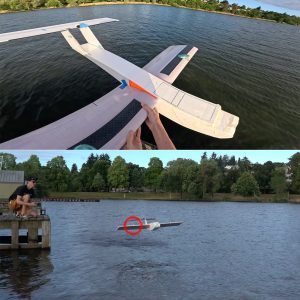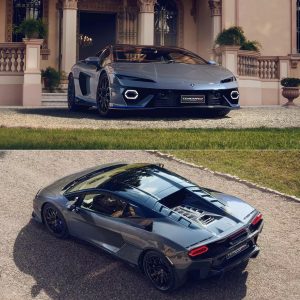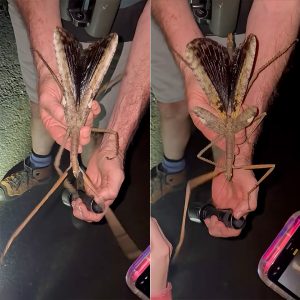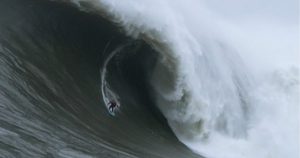Light’s Dual Nature Shines in MIT’s Quantum Breakthrough
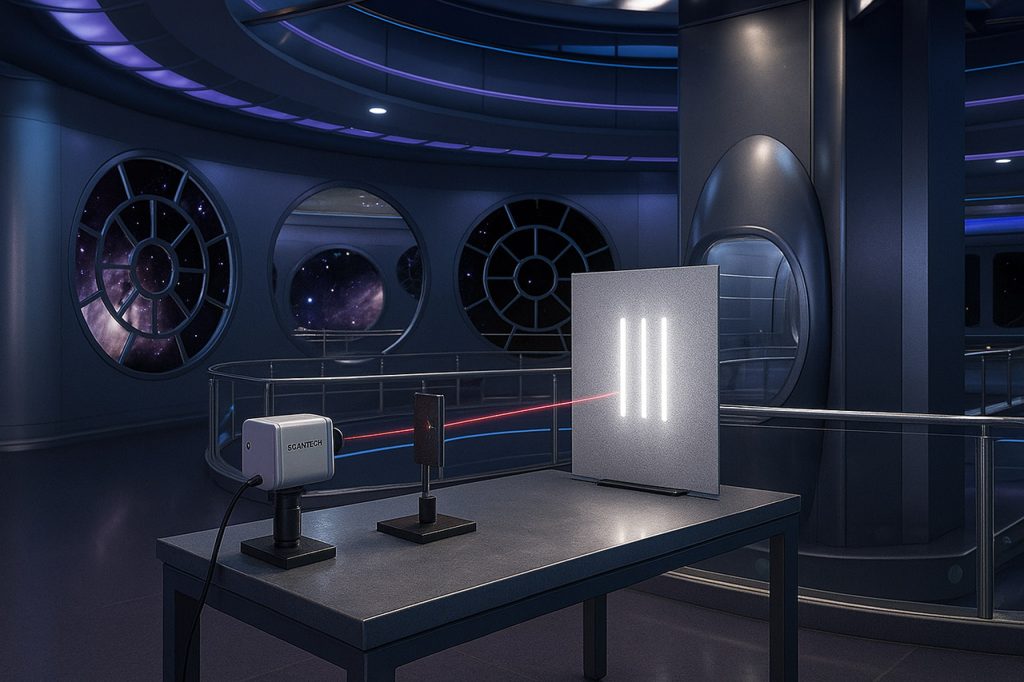
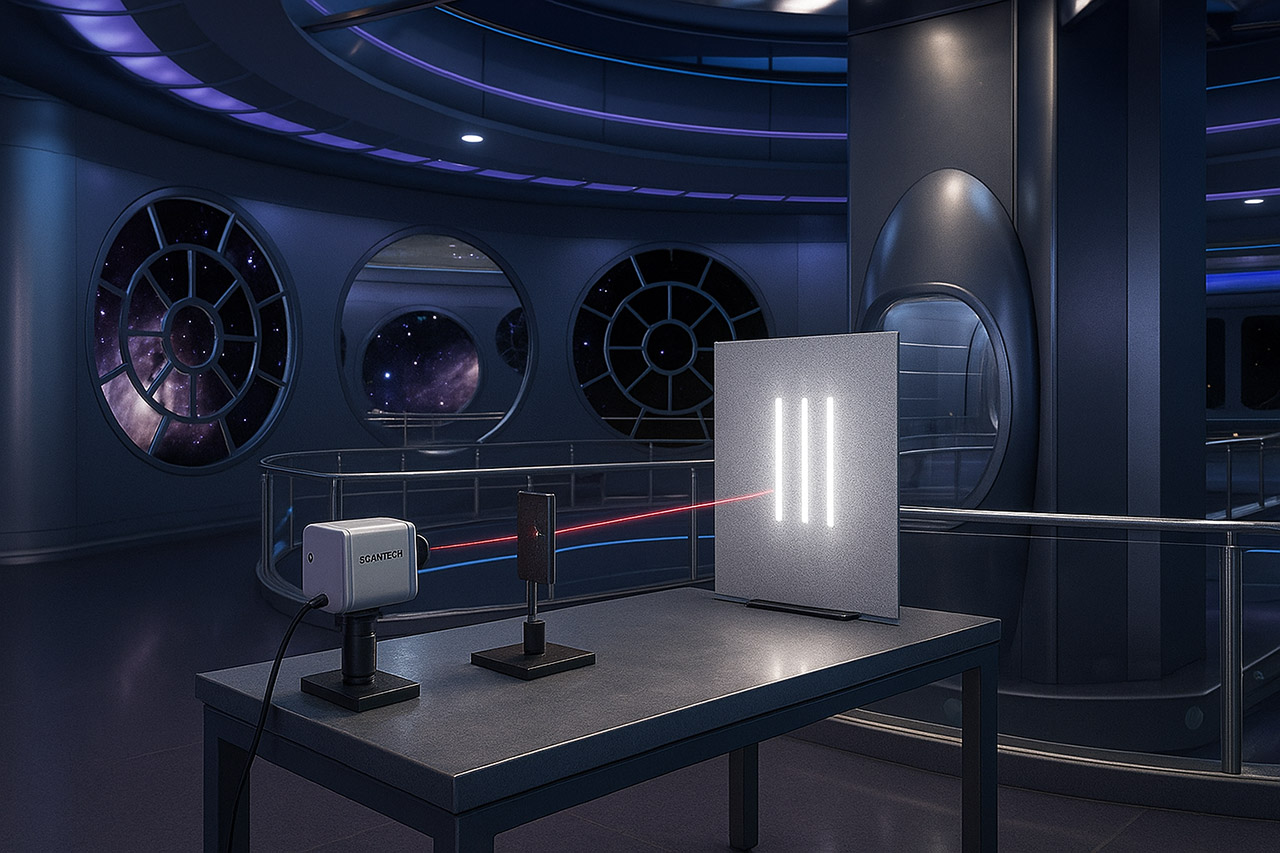
MIT’s team, led by physicist Wolfgang Ketterle, unveiled a modern take on the double-slit experiment, a quantum mechanics classic, using single atoms and photons to show light is both a particle and a wave. Published in Physical Review Letters, this experiment settles a century old debate between Albert Einstein and Niels Bohr and gives us a clear view of the quantum mystery.
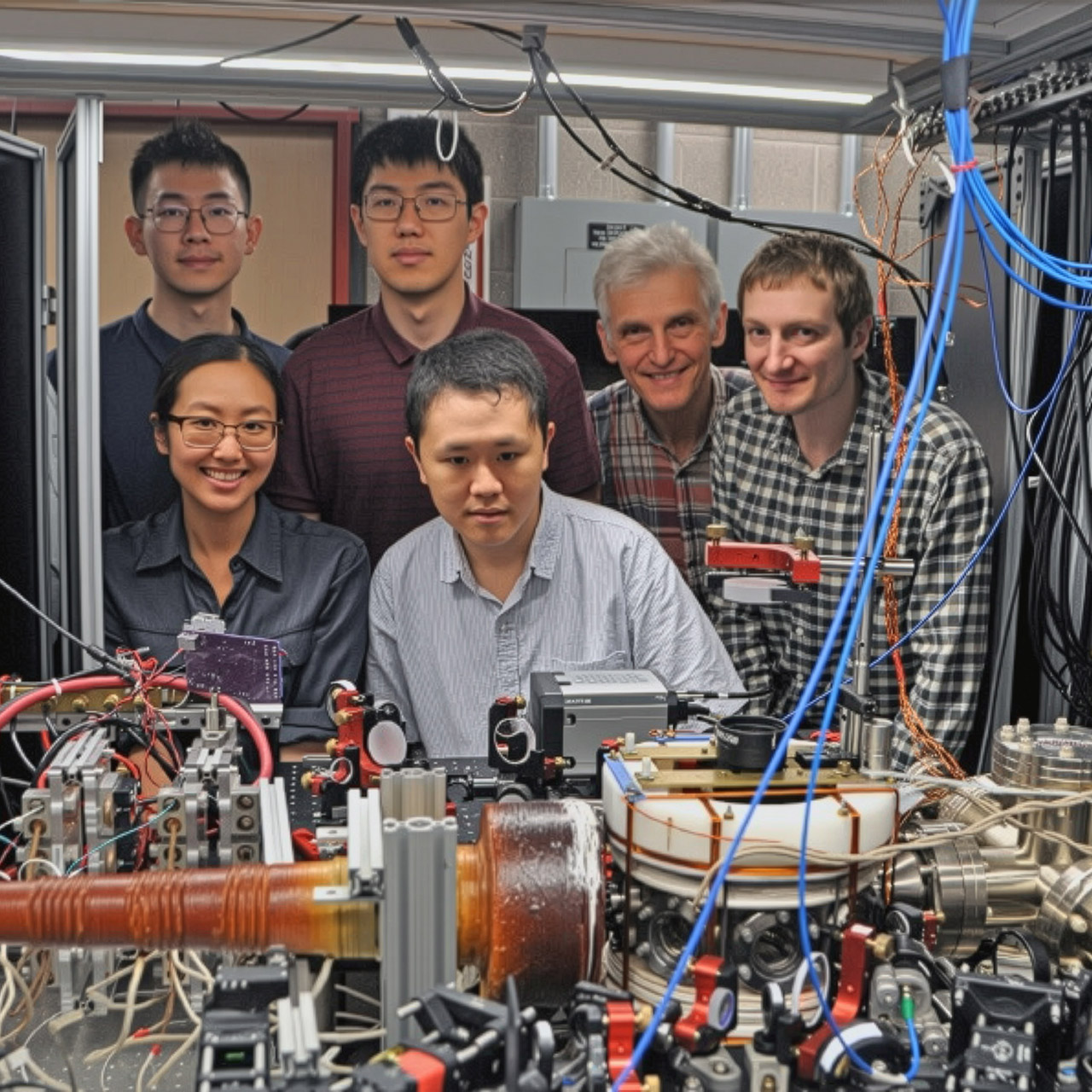
Light being a particle and a wave has been puzzling scientists since Thomas Young’s 1801 double-slit experiment where light passing through two slits created wave-like interference patterns. But if you watch which slit the light goes through it acts like a particle and the pattern disappears. MIT’s experiment strips this down to the essentials, using individual atoms as slits and single photons to probe light’s behavior with unprecedented clarity.
Sale
![[Netflix-Licensed & 4K Support & Auto Focus]- Smart Projector with WiFi 6 and 2-Way Bluetooth, Dolby...](https://m.media-amazon.com/images/I/51P5BXS1P6L._SL160_.jpg)
[Netflix-Licensed & 4K Support & Auto Focus]- Smart Projector with WiFi 6 and 2-Way Bluetooth, Dolby…
- Official Netflix | 360° Rotatable Stand : The iWIMIUS S29 is our inaugural mini smart projector equipped with an official Netflix system, and a 360°…
- Stream Smoothly | Worry-Free Netflix: The iWIMIUS Smart Projector – Access a vast library of over 10k+ videos from Netflix and other verified apps….
- Cinema-Grade Sound 丨Two-Way Bluetooth: The S29 Movie Projector elevates your audio experience with TDS-HD technology and dual 10W speakers, complete…
Ketterle’s team cooled over 10,000 atoms to near absolute zero and arranged them in a laser held crystal lattice, each atom acting as a slit. A weak light beam ensured each atom scattered at most one photon, captured by a camera to show either wave-like interference stripes or particle-like uniformity.
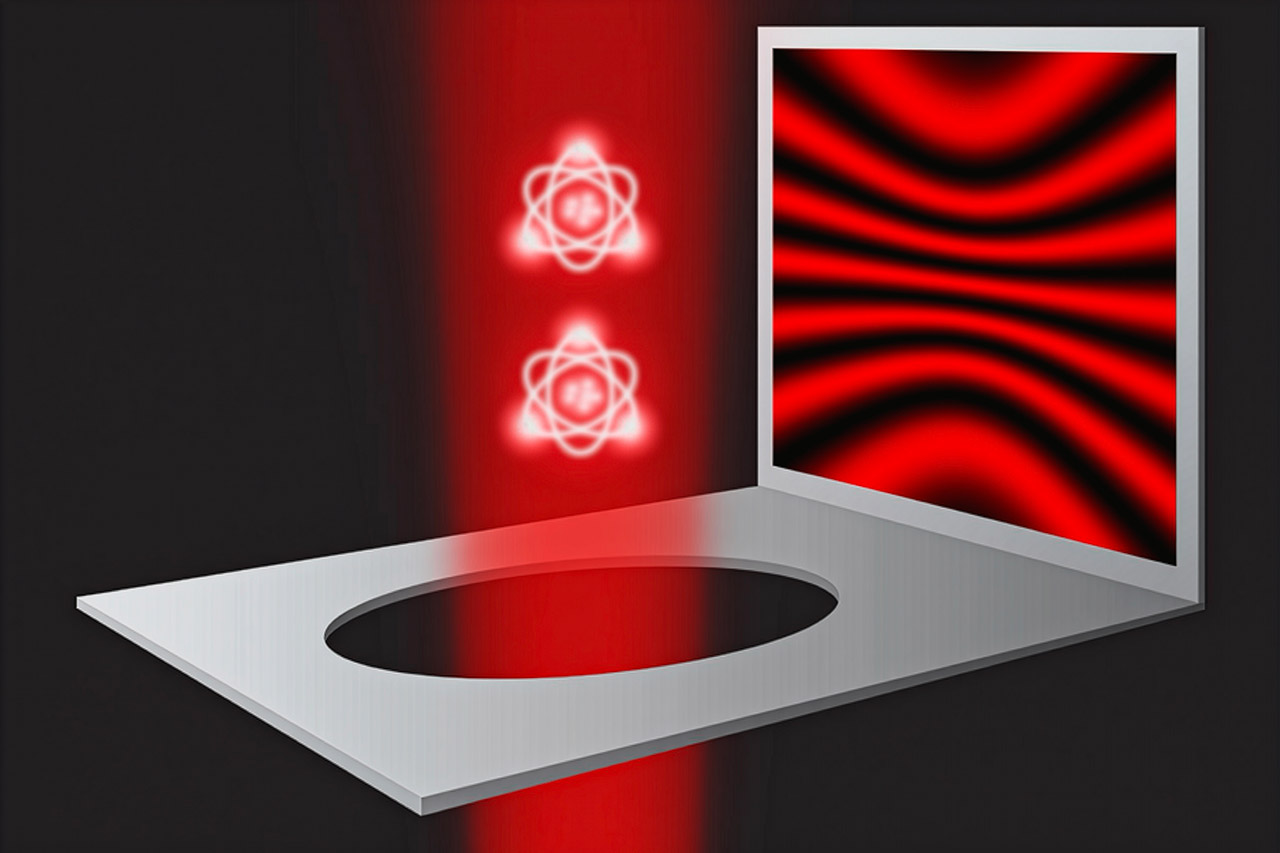
The key was adjusting the atoms’ “fuzziness” – how loose or tight the laser held them. Looser atoms detected photon paths and light acted like particles and the pattern disappeared. Tighter holds restored wave-like patterns and confirmed quantum theory: knowing a photon’s path suppresses its wave nature. This tunability showed light’s duality, impossible to observe as both particle and wave at the same time.
The experiment tested Einstein’s 1927 idea that a photon passing a slit could exert a force, showing its particle nature while preserving wave-like interference. Bohr argued quantum uncertainty would disrupt this pattern. MIT’s results supported Bohr: detecting a photon’s path faded the interference, driven by atomic fuzziness, not the laser’s hold, even when tested without the laser’s spring-like effect.
Using ultracold atoms and single photons it eliminates variables from earlier, less controlled experiments with larger slits or more photons. This idealized experiment, done by researchers Vitaly Fedoseev, Hanzhen Lin, Yu-Kun Lu, Yoo Kyung Lee, and Jiahao Lyu, is a “Gedankenexperiment” debated by Einstein and Bohr.
Beyond settling historic debates the experiment opens up new avenues for quantum technology in computing and sensing. By manipulating atoms and photons with such precision it enables new research into how light interacts with ultracold matter, supported by the National Science Foundation and others.
[Source]
Light’s Dual Nature Shines in MIT’s Quantum Breakthrough
#Lights #Dual #Nature #Shines #MITs #Quantum #Breakthrough

